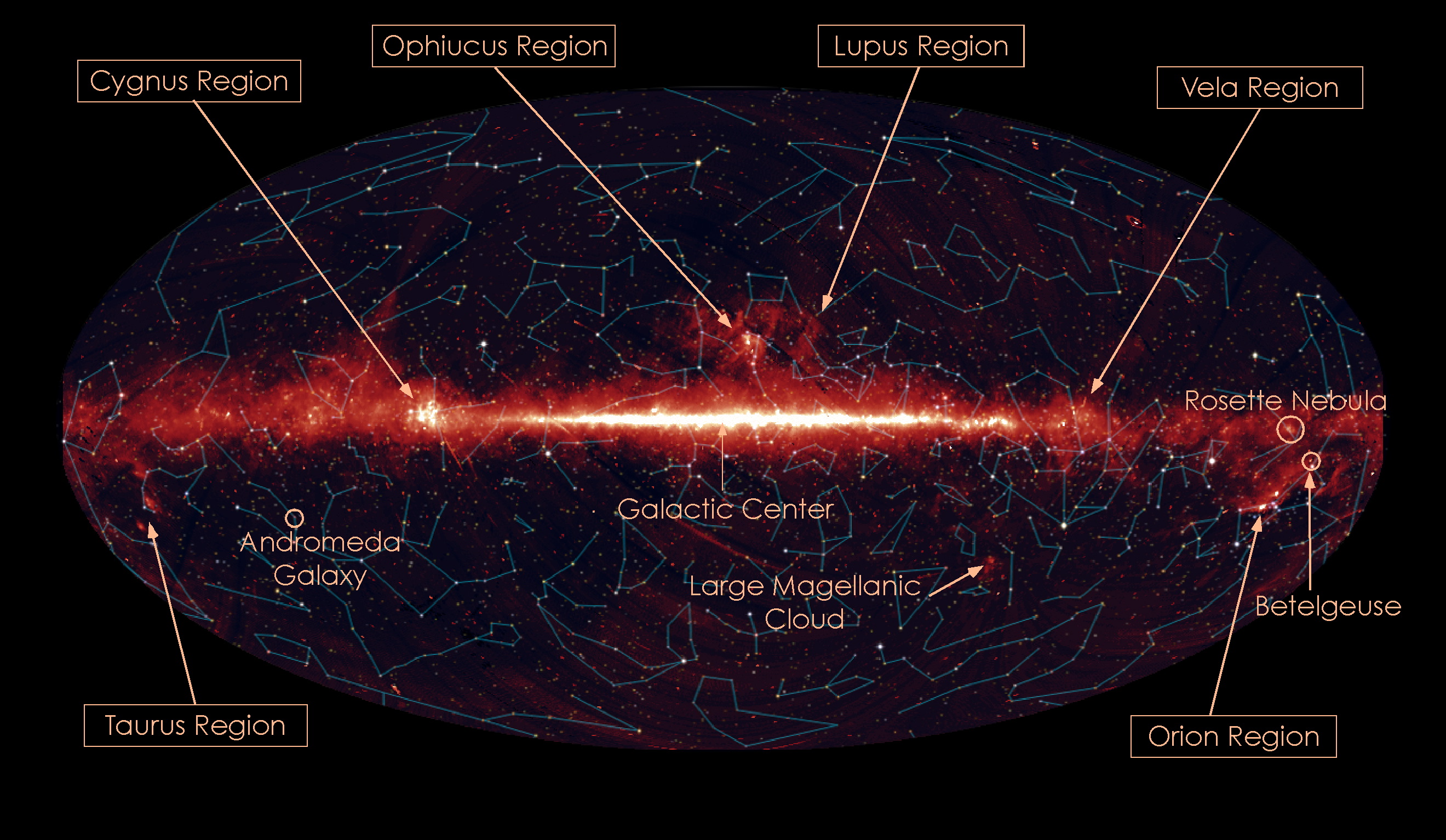
Older disks are more centrally concentrated, which explains why flaring diminishes in the total population. Middle: Disk surface density radial profiles of mono-age populations. No significant flaring is found for the thin and thick disks. Overlaid also are the thin (triangles) and thick (squares) disks obtained by fitting a sum of two exponentials to stars of all ages (as in Fig. Overlapping bins of width ∆age = 1 Gyr are used. Color lines show mono-age populations, as indicated. Top: Variation of disk scale-height, hz, with galactic radius for Model1 (left) and Model2 (right). The results of this workĪre directly linked to, and can be seen as evidence of, inside-out disk growth. Stars away from the disk midplane in the Milky Way. This alsoĮxplains the observed inversion in the metallicity and gradients for Ratios) with radius and that coeval populations should always flare. Morphologically defined thick disks must show a decrease in age (or Assuming that disks form inside out, we predict that Picture, thick disks are composed of the imbedded flares of mono-age stellar Larger scale-lengths and flare at progressively larger radii. To the disk inside-out formation, where younger populations have increasingly Morphologically into thin and thick disks, which do not flare. However, the total population can be decomposed We show that the scale-heights of coeval populationsĪlways increase with radius. Problems by studying two different suites of simulated galactic disks formed in

Numerical simulations suggest that disk flaring is unavoidable, resulting fromīoth environmental effects and secular evolution.

Observed disks do not flare (scale-height does not increase with radius), Thickened components extend at least as much as the thin ones. This is in apparentĬontradiction with observations of external edge-on galaxies, where the Has a smaller scale-length than the thin disk. Recent spectroscopic observations in the Milky Way suggest that theĬhemically defined thick disk (stars with high ratios and thus old)


 0 kommentar(er)
0 kommentar(er)
